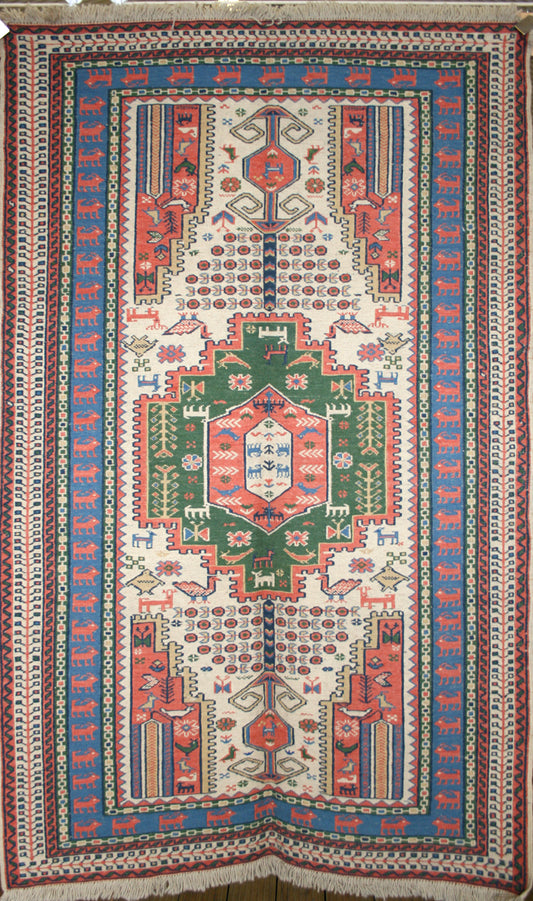Sirjan Rug History & Origin Guide
Unveiling the Beauty of Sirjan Rugs
Located in the central-southern province of Kerman, Iran, the district of Sirjan is renowned for its handmade tribal rugs. These rugs, known as Sirjan rugs, are a testament to the rich cultural heritage and skilled craftsmanship of the region's nomadic tribes.
Historical Significance
The tradition of rug weaving in Sirjan stretches back centuries, with influences from Turkish and Kurdish weaving techniques. The region, spanning from the southern Fars province of Iran through parts of Kerman, is home to the Afshar and Qashqai tribes, both known for their rug weaving skills. The rugs were not initially made for commercial purposes but were a part of the Iranian heritage for over 3500 years. Young girls would start weaving at an early age to demonstrate their readiness for marriage and offer their handiwork as part of their dowry.
Design and Craftsmanship
Sirjan rugs are known for their simple yet sophisticated designs, often featuring geometric motifs, small animals, or plants. The rugs are never too overwhelming in their designs or colour schemes, making them a favourite among those who prefer less intricate patterns. The rugs are hand-woven, usually with symmetrical Turkish knots, up to a density of 100 knots per square inch.
Materials and Colours
The structure of the rugs is strong and durable, made from cotton or, in some cases, goat hair. The pile of the rugs is made from very lustrous and fine wool shorn from local sheep herds. The wool is coloured mainly with natural vegetable and root dyes, resulting in bright, lively colours that bring enchantment to the weavers' homes.
Demographics and Information about Sirjan
Sirjan, the capital of Sirjan County, is located in the Kerman Province in the south of Iran. The city is known for its pistachios, Kilim, and wind towers, locally known as Bādgir-e Chopoqi. With a population of around 200,000, Sirjan is situated 960 km from the Iranian capital of Tehran and 175 km from the provincial capital of Kerman.
Climate and Weather
Situated at an elevation of 1,760 m, Sirjan is nestled in a depression between the southern Zagros Mountains to the west and the Kuh-e Bidkhan massif to the east. The area once contained extensive and thick forests, but now the scattered forests cover around 4,500 hectares, containing trees and shrubs such as turpentines, conifers, and dwarf maples.
Explore Our Collection of Sirjan Rugs
Each Sirjan rug is a unique masterpiece, a self-expression of the individual weaver, with no two rugs being identical. These rugs are truly unique and priceless treasures, which took these benevolent nomadic weavers months to complete. Enhance your home with the vibrant colours and exotic designs of a Sirjan rug. Browse our collection of Sirjan rugs and add a touch of Iranian heritage to your décor.
Browse Our Current Selection of Sirjan Rugs
-
Semi-Antique Persian Sirjan Rug
Regular price £975.00Regular priceUnit price / per£1,195.00Sale price £975.00Sold -
Persian Sirjan Soumak Rug
Regular price £795.00Regular priceUnit price / per -
Persian Sirjan Soumak Rug
Regular price £795.00Regular priceUnit price / per -
Persian Sirjan Soumak Rug
Regular price £795.00Regular priceUnit price / per -
Antique Persian Sirjan Rug
Regular price £12,495.00Regular priceUnit price / per





